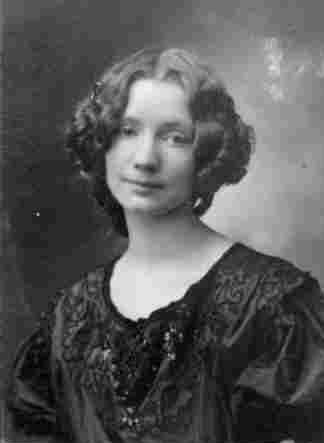Gerda Marie Fredrikke Wegener was regarded as one of the most progressive female painters of the 20th century. Known for her iconic art deco/nouveau style infused with erotic imagery and soft colour tone pallets that immediately stimulated the senses. Gerda’s art set out to reverse the traditional male gaze and instead celebrate women’s bodies and empower sexuality through the depictions of her subjects.
Born on the 15th of March 1886 in Haderslev Municipality, Gerda moved to Copenhagen at the age of seventeen to attended the Royal Danish Academy of Fine Arts. In 1904 her work was featured in the Charlottenborg Art Gallery and in 1907 was pushed into the spotlight after winning a drawing contest in her communities local Danish paper. With her work now in the spotlight, she then built her career in various women’s fashion magazines incorporating her iconic chic ladies and art deco influence.
While at university she met her husband Einar Wegner who was also a promising painter. Einer would often dress in women’s clothing and pose for Gerda’s paintings under the name of Lili. Einar then later transitioned into Lili Elbe with the full support and love from Gerda. It is no doubt that her forward thinking is significant today as she was not only opened minded and accepting to her spouse’s transition, but still remained in a relationship. Their story then went on to inspire the the critically acclaimed 2015 Oscar nominee film The Danish Girl.
Moving to Paris in 1912 her paintings, erotic illustrations and glass mosaics gained more recognition and Lili became the subject to most of Gerda’s renowned work. From these paintings and further recognition for her progressive work, Gerda went on to win two gold medals and one bronze at the world fair in 1925.
Through her revolutionary art work Gerda portrays the power in femininity and blurred the lines of gender identity. In her time, she was a trail blazer not only for the feminist movement but also for those in the transgender and LGBTQ community that is even more prevalent in todays society.
-Eliz Bilal
Junior Girl
Girl Museum Inc.


A fascinating strong and creative woman ahead of her time.